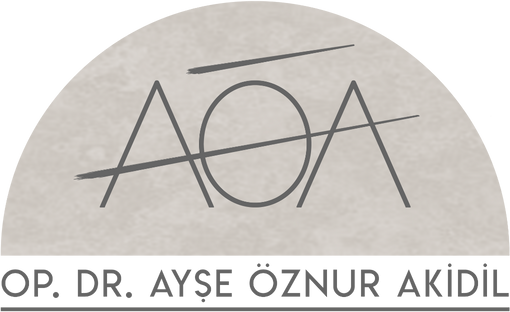Nose aesthetics is one of the most important factors that affect the overall appearance of the face. Both functionally and aesthetically, the shape of the nose should be in harmony with a person’s facial features. In recent years, two different treatment methods have gained popularity among those concerned about the shape of their nose: rhinoplasty (nose surgery) and nose fillers. However, deciding which method is the most suitable for you can sometimes be confusing. In this article, we will examine both methods and explain when each one should be preferred to help you make an informed decision.
What is Rhinoplasty (Nose Surgery)? Rhinoplasty is a surgical procedure performed to change the shape of the nose. This surgery can be done to alter the shape of the nose, reduce the size of the nostrils, correct a drooping nose tip, or remove the nasal hump. Rhinoplasty is performed to address both aesthetic and functional problems of the nose. It generally provides permanent results and can be the most effective solution for those with aesthetic concerns.
When Should Rhinoplasty Be Preferred?
- When major shape changes are desired: If you want to radically change the shape of your nose, for example, if you have a hump or a large tip, rhinoplasty would be more appropriate.
- If functional issues exist: If you have breathing difficulties or a deviated septum (crooked nose), rhinoplasty can help both aesthetically and health-wise.
- When permanent results are desired: Rhinoplasty permanently changes the shape of your nose, providing long-lasting effects. If you want long-term results, surgery is the most effective solution.
- When significant changes to the nose anatomy are required: If the shape of your nose is to be completely altered, surgical intervention is necessary, as such major changes might not be possible with nose fillers.
What is Nose Filler (Non-Surgical Nose Aesthetics)? Nose filler is a non-surgical procedure performed to correct the shape of the nose. In this process, substances like hyaluronic acid are injected into the nose. Nose fillers are typically used to temporarily correct the shape of the nose and are preferred for small shape changes. With nose fillers, the nose tip can be lifted, the hump can be softened, or the nostrils can be adjusted for a more aesthetic appearance.
When Should Nose Filler Be Preferred?
- When minimal changes are desired: If you only want a small change, such as lifting the tip of the nose or smoothing a slight hump, nose filler can be an effective solution.
- If you don't want a surgical procedure: Nose fillers offer a faster and lower-risk alternative that doesn’t require surgery. Since it doesn’t require anesthesia, the recovery process is very quick.
- When temporary results are desired: Nose fillers generally last between 6-12 months. If you want a temporary change without seeking a permanent solution, nose fillers can be a good option.
- When quick results are desired: The nose filler procedure usually takes between 15-30 minutes, and you can see immediate results, returning to normal life within a few hours.
Differences Between Rhinoplasty and Nose Filler
| Feature | Rhinoplasty (Nose Surgery) | Nose Filler |
|---|---|---|
| Duration | 1-3 hours (surgical procedure) | 15-30 minutes (minor procedure) |
| Permanence | Permanent results (lasting changes) | Temporary (6-12 months) |
| Risks and Complications | High risk, infection, bruising, etc. | Low risk, temporary bruising and swelling |
| Recovery Time | 1-2 weeks recovery process | Return to normal within 1-2 days |
| Cost | More expensive (surgical procedure) | More economical |
| Aesthetic Changes | Major, permanent changes | Small, temporary changes |
Which Method Is Right for You? The decision between rhinoplasty (nose surgery) and nose fillers depends on your personal needs, expectations, and the current shape of your nose. Here are some recommendations for how to decide:
- If you want major, permanent changes: If you want a dramatic change to your nose and a more noticeable aesthetic difference, rhinoplasty would be the best option. Also, if you have functional issues, rhinoplasty can solve both the shape of your nose and your breathing problems.
- If you want temporary, minimal changes: If you only want small changes in the shape of your nose and don’t want a permanent procedure, nose filler could be a good alternative. With this procedure, you can lift the tip of your nose or correct slight humps, but the results will be temporary.
- If you don’t want a long recovery process: The recovery period after nose surgery can take a few weeks, and there may be complications. If you don’t want to go through such a recovery process, nose fillers offer a fast and practical solution.
- If budget is important: Nose fillers are generally a more affordable option compared to rhinoplasty. If you’re looking for a more budget-friendly solution, nose fillers may be the more suitable choice.
Both rhinoplasty and nose fillers are treatment options that offer different advantages and address various needs. When deciding which method is best for you, you should consider your aesthetic goals, recovery process, budget, and desire for permanence. If you have trouble making a decision, consult with an experienced aesthetic surgeon to determine the most suitable treatment method for you. Remember, everyone’s needs are different, and with professional guidance, you can find the best solution.




